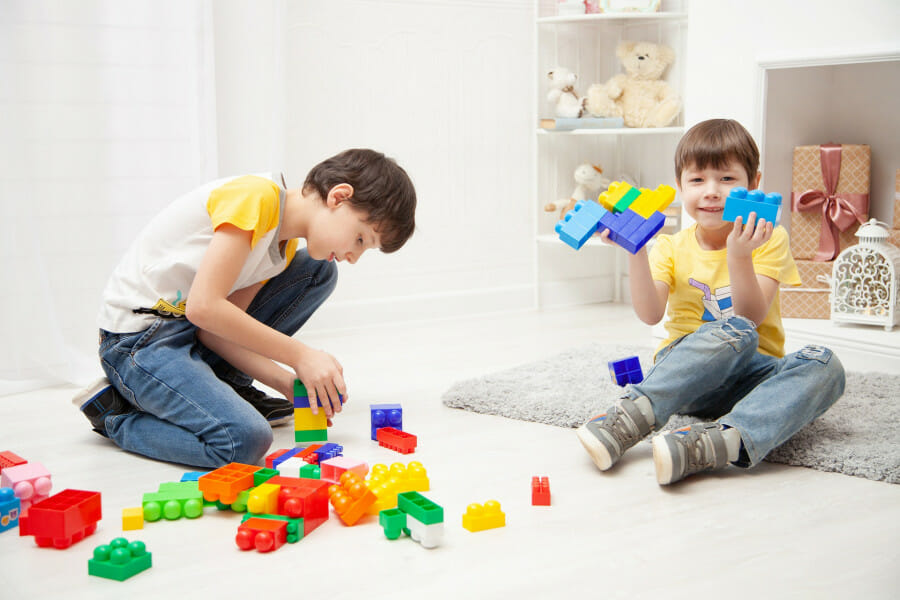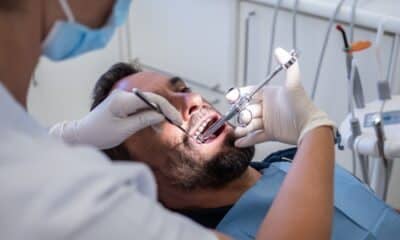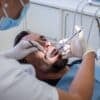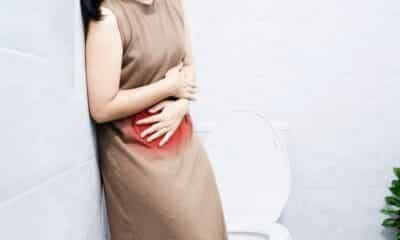This Is How You Can Make Sure Your Home Is Kid Safe And Non-Toxic From Every Corner
As a parent, wanting to keep your kid safe comes naturally. That’s one reason why the baby safety industry is expected to be worth $132.2 billion by 2025. During their baby and toddler stages, children can be extremely vulnerable so parents try to think of every possible way to keep them safe. Everything from baby gates to outlet covers has been popular and extremely useful for parents.
But, even as kids get older, it’s just as important to have safety measures around your house. Children are naturally curious, and they may not always be as “graceful” as grown-ups, making it easy for them to explore with abandon and find themselves in dangerous situations.
No one wants to think about their child getting hurt in their own home. So, what can you do to make sure your home is kid-safe and non-toxic? Let’s look at a few protective measures to put in place.
Preventing Accidents
Accidents happen — it’s something we all say nonchalantly without thinking about it. But, that saying doesn’t seem so nonchalant when you’re talking about an accident happening with your child. Everyday situations and items within your house could be more dangerous than you think.
There are risks in every room, including:
- Bathroom – A child can drown in less than two inches of water. Never leave your child alone in the bathtub, even if it’s only to grab something quickly. Additionally, if you have a mop and bucket in the bathroom that you were cleaning with, make sure the bucket is empty before leaving it out. Your kid might think it’s fun to play in, but it could be hazardous.
- Kitchen – The kitchen is full of potential dangers, from sharp knives to heavy pots and pans. If you’re cooking, the oven/stove becomes an immediate danger, too, as your child could burn themselves if they touch it. Whenever possible, cook on the back burners. Make sure knives or any heavy objects are stored away somewhere where they can’t be reached.
- Living room – Did you know that even your furniture could be dangerous? Curious toddlers might think it’s fun to climb up on tall, top-heavy furniture, but that can come falling and crashing down right on top of them. Anchor your furniture whenever possible.
- Garage – Your garage could be full of dangers from tools, equipment, and cars. But, even the garage door itself could be a hazard if it closes on your child. Make sure your garage door has a mechanism that reverses it if it senses something blocking the opening as it tries to go down.
As you might expect, there are dangers to consider everywhere in your house. The best thing is to go from room to room and think about what those risks might be, and how you can lower them.
Eliminating Exposure To Toxins
Toxins and poisons could be lurking throughout your home, and many of them you may not even think about regularly. Everything from cleaning supplies like bleach and detergents to prescription medications could seriously harm your child if ingested. Many different types of toxins that are dangerous for people are also dangerous for pets, so if you have a dog or cat, it’s important to keep these items in a high enough place where kids and pets can’t reach them.
In addition to some of the more “obvious” types of toxins, there could be dangers lurking within your walls.
If you have an older home, there may be asbestos within the walls. It is a strong fiber that was commonly used in construction materials from the 1940s to the1970s. Unfortunately, if ingested or inhaled, it can lead to respiratory issues, troubled breathing, and even mesothelioma. If you have an older home and you plan on doing any construction or renovations, it’s worth it to work with a construction company that can identify asbestos within the walls to keep your family safe.
Even with additional help to identify toxins, it’s still important for you to stay vigilant against other dangerous items.
Keeping A Watchful Eye
Sometimes, even if you “childproof” everything, there are still hidden dangers and risks that could happen in your home. Unfortunately, you may not even think about them until an accident happens.
So, in addition to minimizing the risks of accidents and toxins, one of the best things you can do is simply to keep a watchful eye on your child if you suspect they could be in any kind of danger. Certain areas of your home might pose bigger threats than others.
For example, falls are a huge cause of ER visits for children. So, while installing baby gates by stairways is important, it’s just as crucial to watch your child when they’re on beds, changing tables, or sofas.
It’s also important to keep an eye on your child if they are around objects they could put in their mouth. Some of the most common choking hazards that are found in the home include innocent items like:
- Crayons
- Coins
- Safety pins
- Marbles
- Jewelry
- Deflated balloons
You don’t need to “hover” over your child every second of the day, especially as they get older, but it’s a good idea to anticipate any dangers or risks that could be in certain areas of your home. Try eliminating them before letting your child into that room, even if you’re there with them. By reducing those risks and paying close attention, you can make sure your kid is always safe within your home, so you can finally take a breather!
















